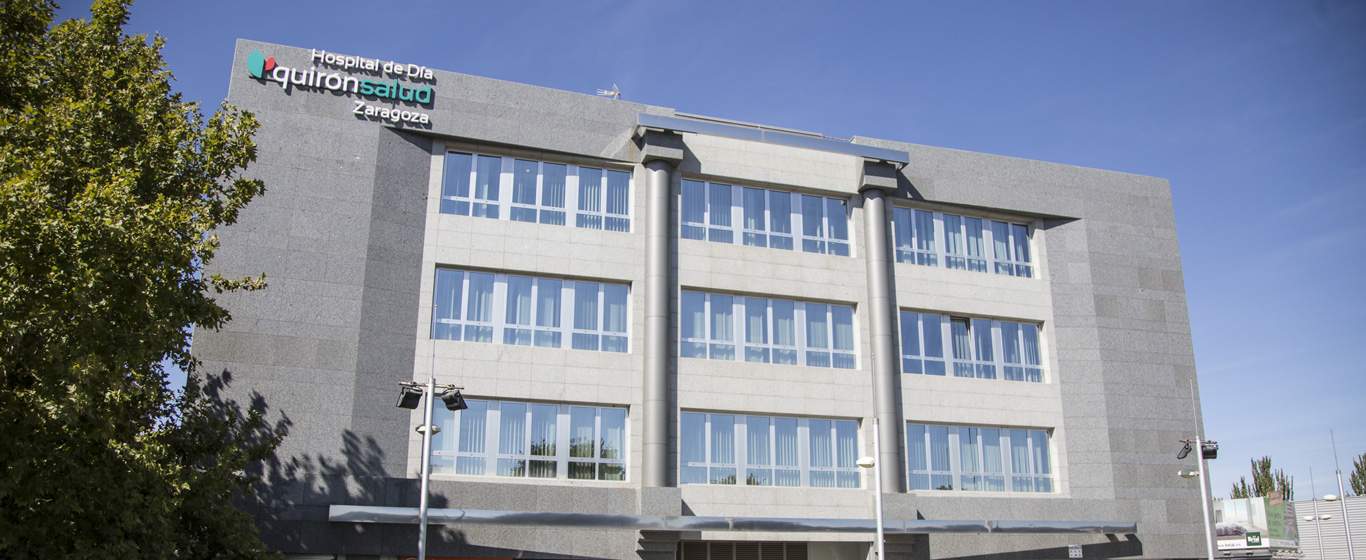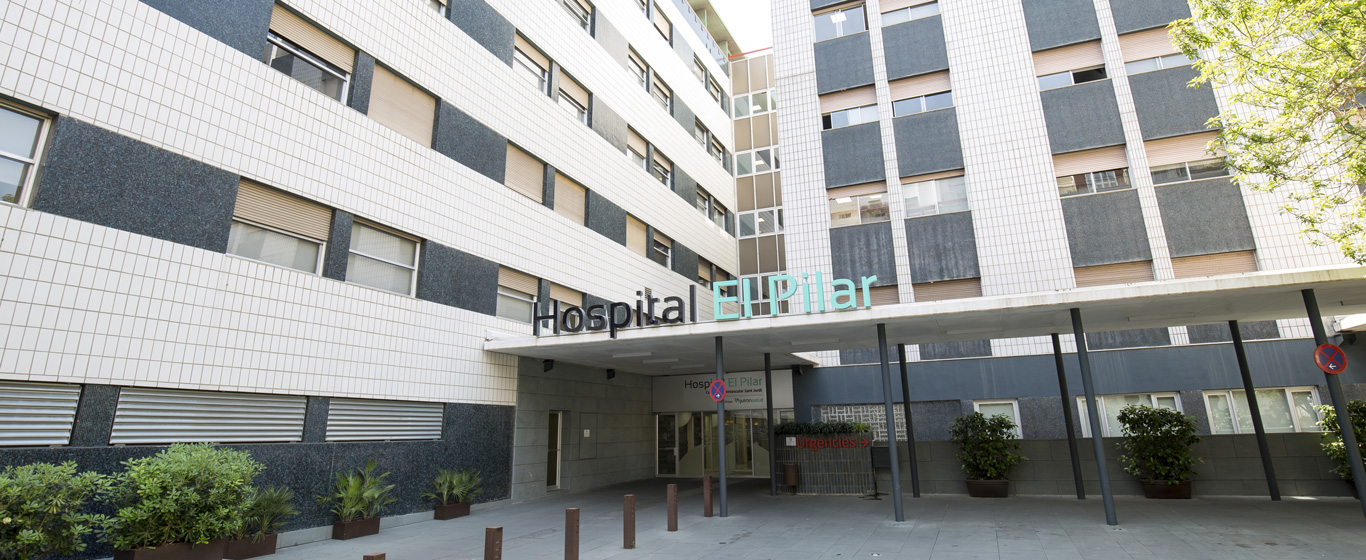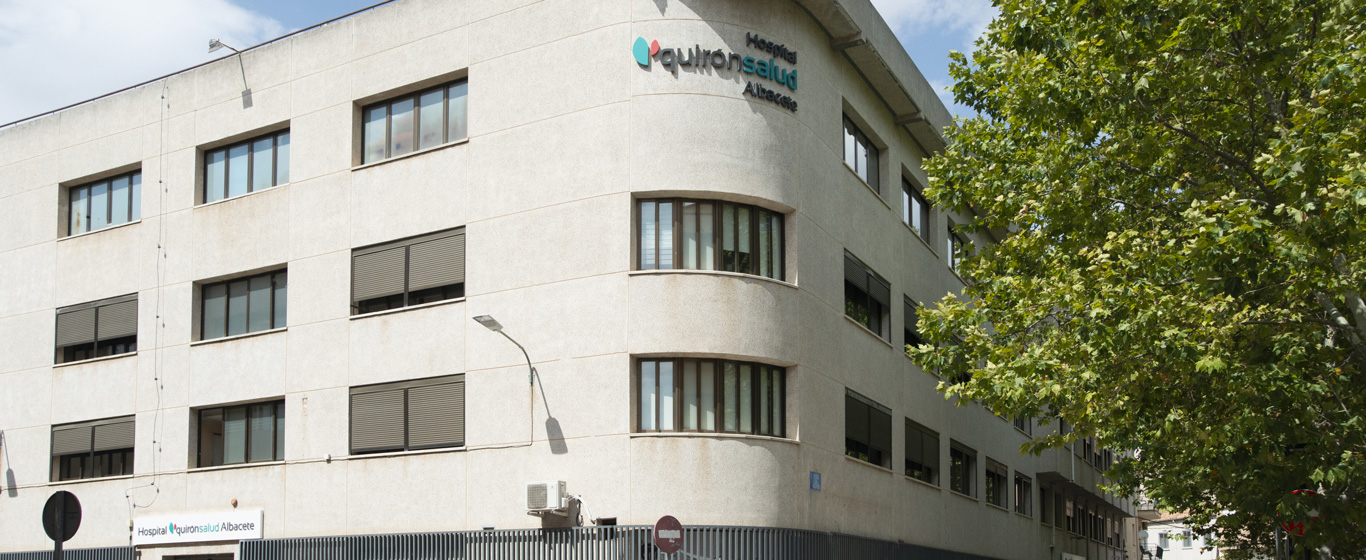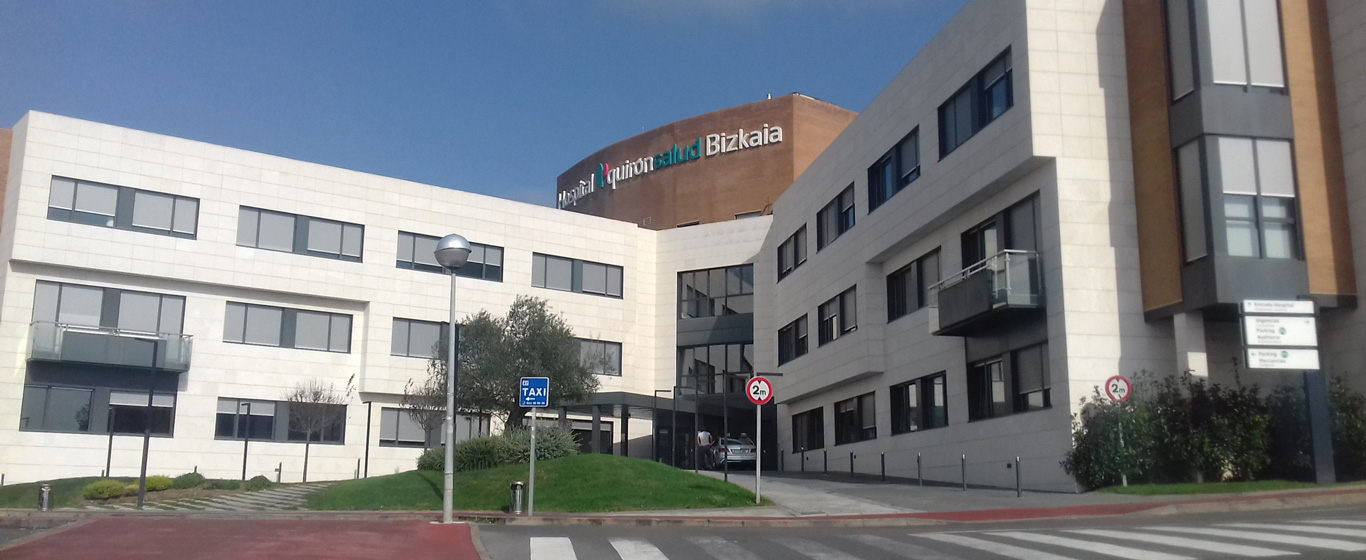Single Photon Emission Computed Tomography (SPECT) of the Brain
A brain SPECT studies the brain’s function and structure using a radioactive substance that emits gamma waves, which are captured in an image. For this procedure, the patient must remain still inside a tube-shaped chamber.

General Description
A brain SPECT is a non-invasive procedure used to obtain images of the brain's anatomy and function. To capture them, an intravenous drug containing radioactive material is used, emitting gamma waves that reflect in the image. In neurology, technetium-99m (99mTc-MDP, 99mTc-HMDP, or 99mTc-HDP) or, more recently, ethylcysteinadimer (99mTc-MDP) is often used because it helps capture clearer images.
The way the radiotracer is distributed in the cells indicates how the brain functions and whether there are any pathologies. For example, tissues with higher activity capture more radioactive material, so tumors (which have very rapid cell division) or areas affected by seizures emit more gamma radiation.
Brain SPECT is useful for detecting the presence of various neurological disorders and psychiatric conditions. Perfusion brain SPECT assesses blood flow in different parts of the brain and detects conditions like dementia or Alzheimer’s.
When is it indicated?
A single-photon emission tomography scan is recommended for studying the brain when there is a suspicion of cerebrovascular disease, dementia, epilepsy, Parkinson’s, as well as depressive dementia or neuropsychiatric disorders like seizures or attention deficit disorders.
How is it performed?
Before the procedure, the radiotracer is injected into one of the arm’s veins. To ensure the drug is properly distributed to all areas of the brain, the patient must wait between twenty minutes and an hour.
Once this time has passed, the patient enters the room with the gamma camera, which is tube-shaped, and lies on a table, facing upwards, inside the tube. The procedure depends on the type of study being performed:
- Basal or resting: images are obtained while the patient remains still and silent.
- Stimulation: brain function information is collected while the patient performs cognitive tasks or receives sensory or motor stimuli.
Risks
Brain SPECT does not pose a health risk, although it is not recommended for pregnant women as radiation could affect fetal development.
It is rare for the radiopharmaceutical to cause an allergic reaction.
What to expect from a brain SPECT
Before undergoing a brain SPECT, the patient must sign an informed consent form. It is an outpatient procedure, so hospitalization is not required.
Upon arriving at the medical center, the patient will spend some time in a quiet, dimly lit area to avoid stressful situations. When the radiotracer is administered, the discomfort of the injection is felt, but the SPECT procedure is not painful.
Once the necessary time for the substance to distribute evenly has passed, the patient lies on the table. During the test, the patient must follow the specialist’s instructions, whether to remain still or perform the requested activities. Some people may feel claustrophobic inside the tube. No loud noises are heard during the SPECT. The procedure may last between twenty minutes and two hours.
The results are provided during a follow-up consultation several days later.
Specialties that request a brain SPECT
Single-photon emission computed tomography of the brain is performed by a specialist in nuclear medicine at the request of a neurologist.
How to prepare
No special preparation is needed for a brain SPECT; however, it is recommended to avoid alcoholic beverages and stimulants 24 hours before the test.
Since metals cannot be brought into the SPECT room, and the medical center typically provides a gown for the procedure, it is advisable to wear comfortable clothes and refrain from wearing jewelry or metallic items.





















































